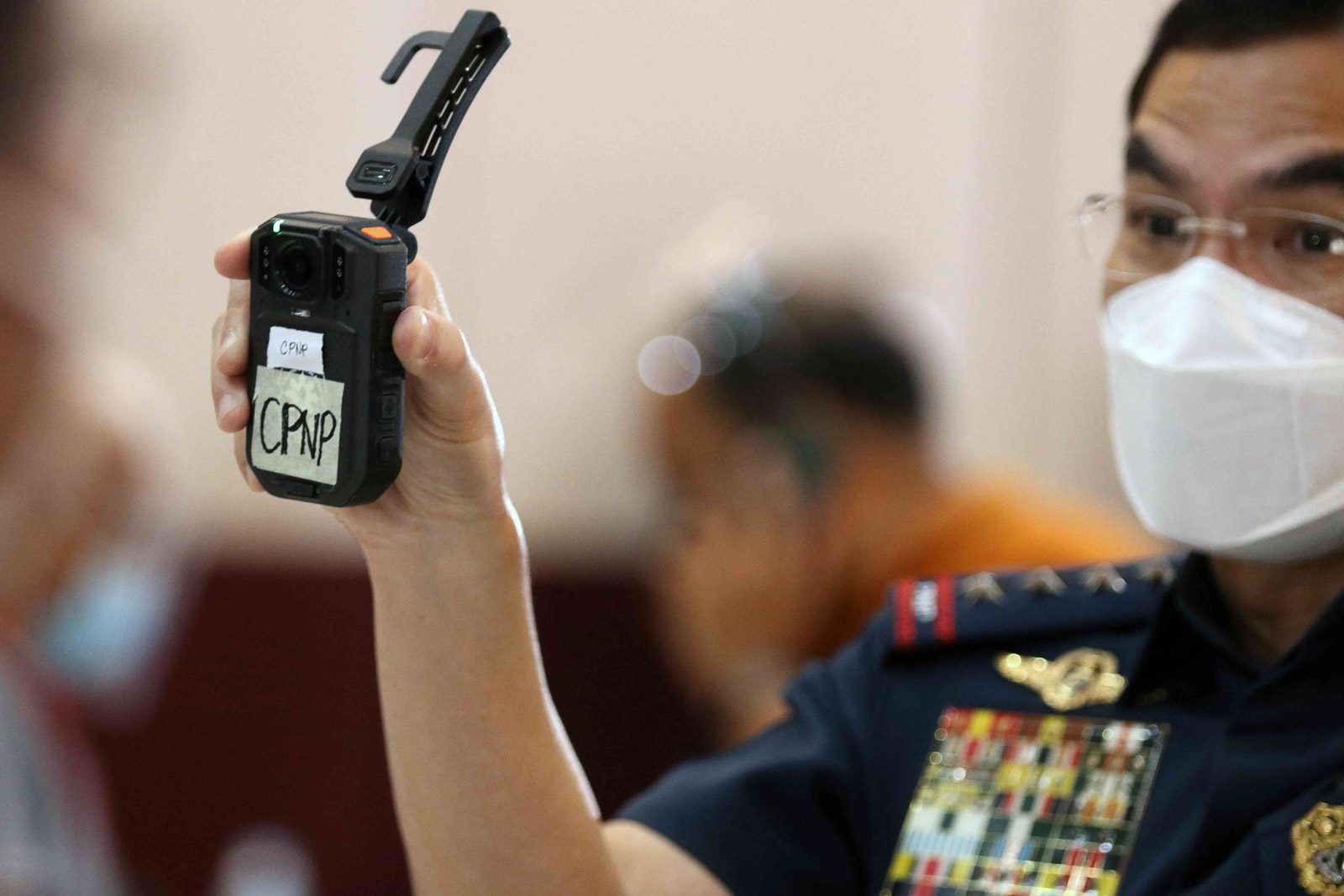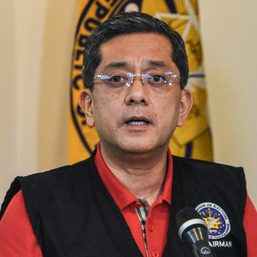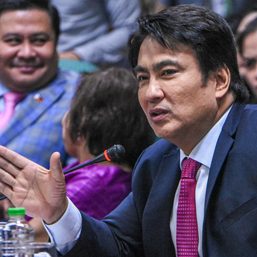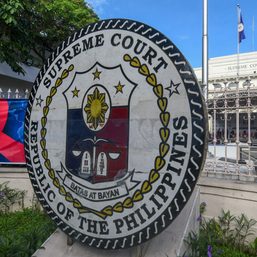SUMMARY
This is AI generated summarization, which may have errors. For context, always refer to the full article.

The Supreme Court rule requiring cops to wear body cameras in all operations involving execution of warrants took effect on August 1, but the Philippine National Police (PNP) still doesn’t have enough of these devices.
“Hindi sapat ang aming body-worn cameras (we don’t have enough body worn cameras) but in the spirit of transparency and accountability, I trust that our commanders will find ways to comply with the Supreme Court’s guidelines on the use of body-worn cameras,” PNP chief Guillermo Eleazar said in a statement on Tuesday, August 3.
The Supreme Court rule took effect on August 1 after publication on newspapers on July 31. The rule requires that in all executions of warrants, there must be one body camera, and one alternative recording device – meaning two gadgets – turned on and operating.
As of last update, the PNP said it has 2,696 body cameras in their inventory, and 600 cops have been trained to use them.
The Supreme Court promulgated the rule on July 10, and talks have been held between the High Court and the PNP even before that, yet guidelines and policies have not been relayed to cops on the ground.
“Enhanced Operational Guidelines and Policies on the use of body-worn cameras and alternative recording device will soon be disseminated to all police offices and units so all police personnel will be guided accordingly on the proper utilization of the devices,” said Eleazar.
Under the rule, even cops conducting warrantless arrests need to have a body camera turned on, but the rule added the qualifier of “insofar as it is practicable.”
Eleazar said the 2,696 body cameras in their inventory only amount to an 8% capability. It will not be a one is to one ratio, but ideally all stations must have units. While there are not enough units, they have prioritized the city police stations, said Eleazar.
Eleazar said he has written the Supreme Court through the Office of the Court Administrator (OCA) to clarify the alternative recording device, because the specifications of ARDs set by the Court are already the same specifications of their procured body cameras.
“Gusto naming i-clarify kasi baka marami doon na hindi namin puwedeng magawa, kaya i-clarify namin. Pero lahat ng puwede naming gawin, gagawin namin like cellphone ang pang-record,” Eleazar told Rappler in a phone interview on Tuesday.
(We want to clarify because there may be many things there that we cannot do, so we have to clarify. But everything that we can do, we will do like use cellphones to record.)
Eleazar said there are no more available funds in their 2021 budget to buy body cameras for the remaining second half of the year.
“Our chief PNP has been asking for body camera donations from various sectors. There was already a pledge for five sets of body cameras from PSSLAI (Public Safety Savings and Loan Association, Incorporated). Each set includes 16 cameras and other accessories,” said Major Rohaina Asalan from Eleazar’s office.
Rappler has asked the Supreme Court for its directives to judges if a case is brought to them involving non-compliance of cops to this rule. This story will be updated once we get a response.
What the rules say
Cops who fail to bring a body camera, or fail to turn on their body cameras, will risk being held in contempt of court, or even rendering the operation void and the evidence inadmissible. But the rules provide, too, that policemen can offer reasonable grounds.
In lieu of the enhanced guidelines, the PNP’s Directorate for Operations issued on Monday, August 2, a memorandum “containing the general protocols.”
The Supreme Court committed this rule on body cameras after collective pressure from lawyers and activists who made coordinated calls for the Court to intervene in escalating killings during police operations.
In the same rule, the Supreme Court scrapped the long-disputed powers of executive judges in Manila and Quezon City to issue search warrants outside their judicial regions. The latest arrests and killings of activists occurred during searches executed on the power of such remote warrants.

– with reports from Jairo Bolledo/Rappler.com
Add a comment
How does this make you feel?





There are no comments yet. Add your comment to start the conversation.